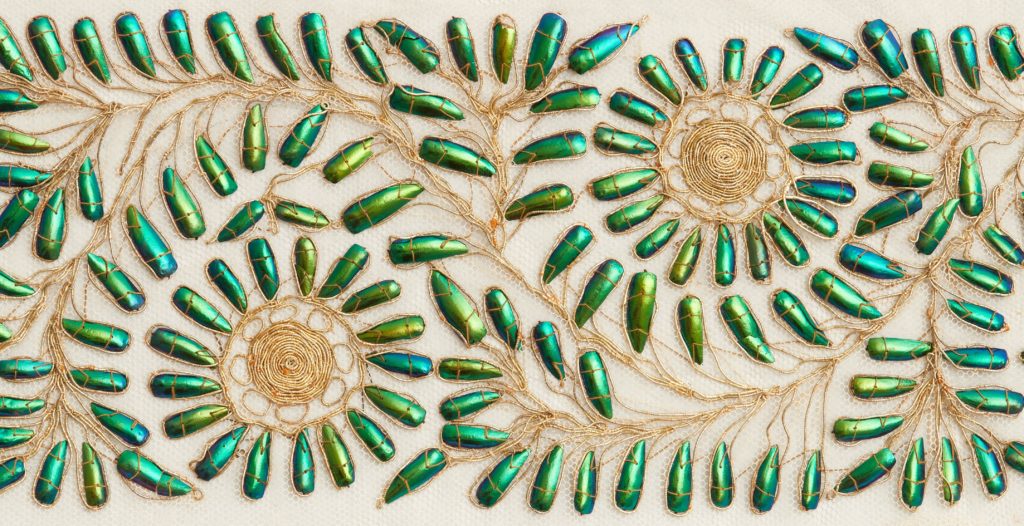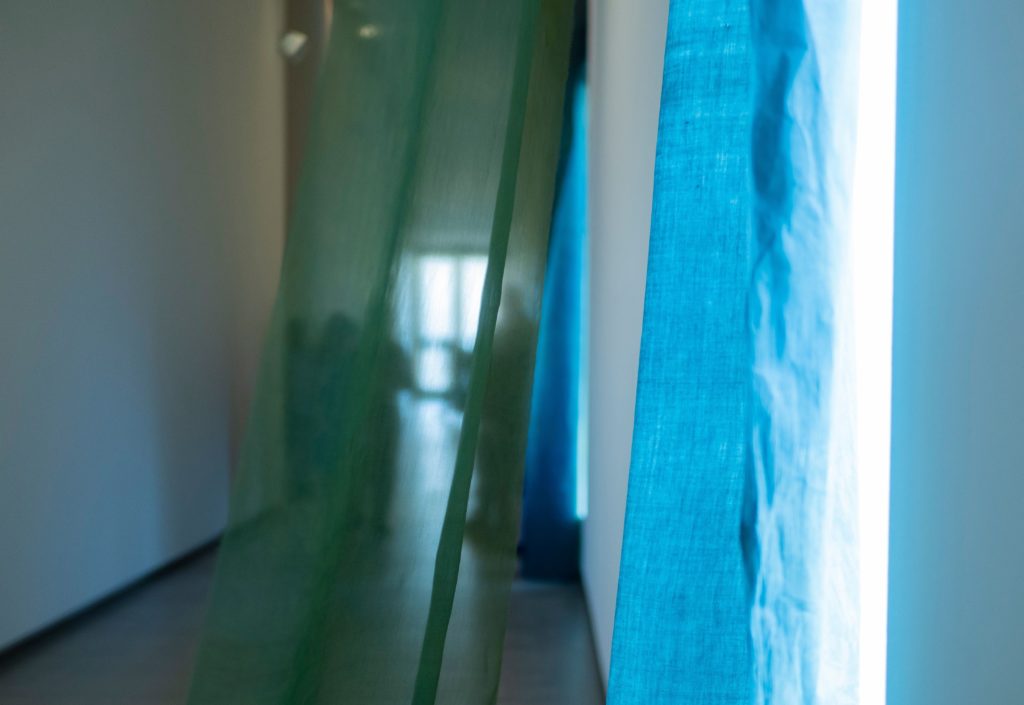Charkha and Kargha Exhibition at the Powerhouse Museum coincides with India’s 75th Independence Anniversary

Powerhouse today announced a new exhibition presenting highlights from the museum’s expansive collection of Indian textiles opening on 13 August. Taking its title from Charkha (spinning wheel) and Kargha (loom), the exhibition will feature over 100 rare items that date back to the foundational collections of the Powerhouse acquired since the 1870s.
In addition to their beauty, many of the textiles featured in the exhibition incorporate spinning, weaving, dying and embroidery techniques. Highlights include block-printed textiles, known as Fustat fragments, believed to be made in Gujarat in the 1400s.
A fine pashmina shawl woven in Kashmir between 1840–60 exemplifies the double-interlock twill tapestry weave Kani, which has proven impossible for Europeans to replicate, nor match the extreme softness of pashmina shawls. The design reflects the reciprocal influence of French jacquard-woven shawls of the early to mid-1800s.
Another highlight is a textile embellished with iridescent jewel-like beetle wings, likely made in Madras or Hyderabad in the 1800s. It is indicative of India’s successful export trade in dress panels, muslin stoles, flounces and table linen.
Traditional men’s clothing on display will include a hand sewn silk coat with brocaded floral designs, made between 1900–25, and a silk and velvet vest featuring Zardozi (gold work embroidery), including Salma (densely set small coils) and sequins made in the Punjab region during the 1800s.


The exhibition will feature a recently acquired work by artist Sangeeta Sandrasegar, What falls from view, 2019. The work features Khadi and silk pieces, hand-dyed in Indian indigo and Australian native cherry. Anu Kumar’s medium format photographs that document the Australian-Indian diaspora will be another highlight of the exhibition.
Charkha and Kargha will coincide with the 75th anniversary of India’s independence on 15 August. The exhibition will demonstrate the role that textiles played in India’s movement towards independence from colonial rule.
Charkha and Kargha will feature live demonstrations of spinning and weaving in the Textile Centre, talks on Indian textiles, masterclasses on textile weaving, dyeing and spinning by Master Vankar Vishram Valji, daily storytelling of Indian folktales and documentary film screenings in the Kings Cinema.
“Charkha and Kargha pays homage to the skill and creativity of generations of textile artisans and embroiderers from across India. Powerhouse is excited to be sharing this extraordinary collection with many of these objects being on display for the first time,” said Powerhouse Chief Executive Lisa Havilah.
“Textile production has always occupied an important place in India and among its craftspeople and weavers. Charkha and Kargha highlights a selection of unique Indian textiles collected by Powerhouse, shedding light on the diverse techniques of textile craft, design and production. These include botanical specimens used for dying, spinning wheels and loom; woodblock prints; and diverse Indian textiles and garments,” said Powerhouse Curator Pedram Khosronejad.
Short URL: https://indiandownunder.com.au/?p=18139
